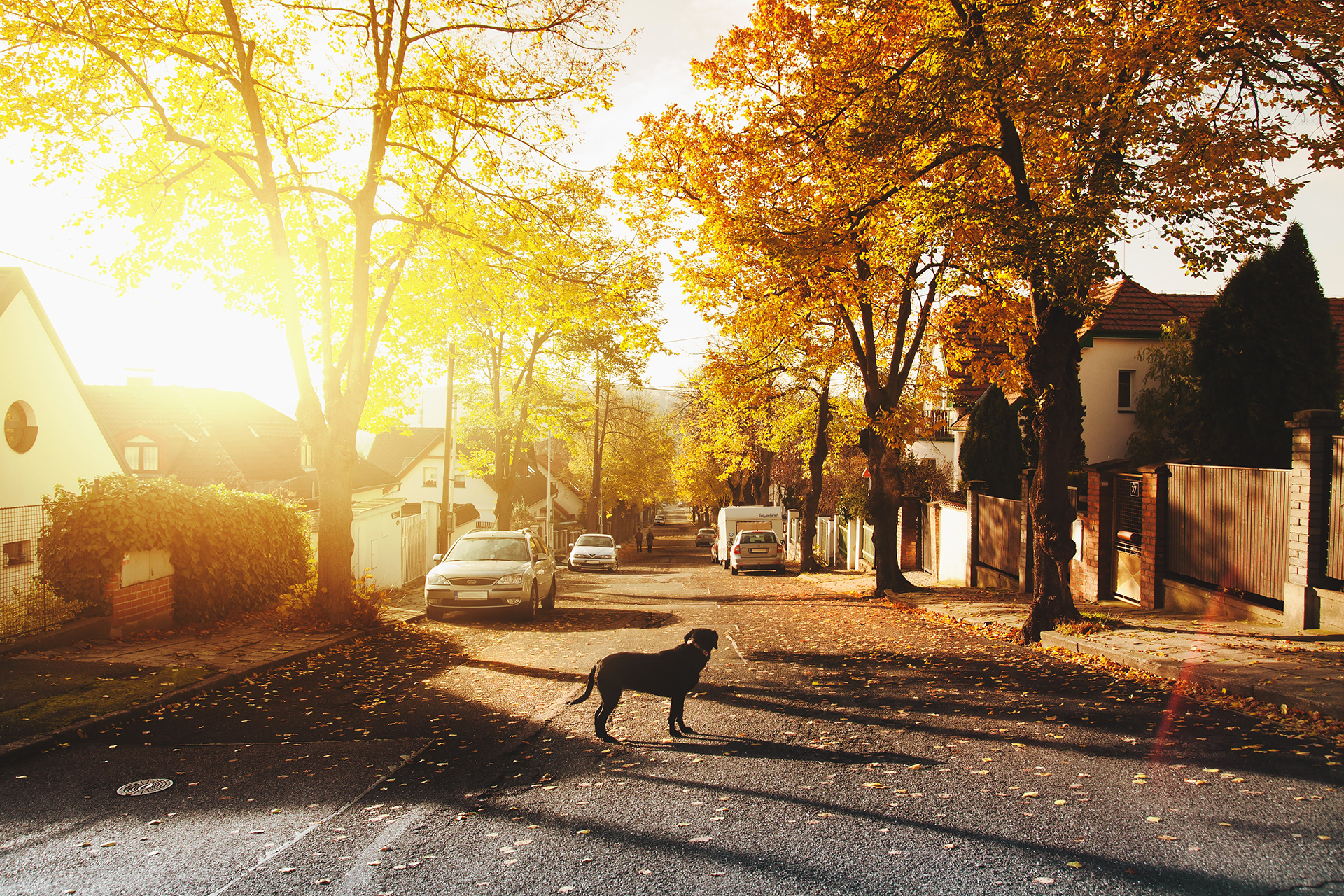What makes a successful place? A high quality physical environment is a good start; well-designed buildings sitting within plentiful green spaces, and streets laid out sympathetically for mixed use. But it is the community too; the people and the culture, that can give an area a distinct identity and consequently make it a place where people want to call home.
In an era dominated by a national housing shortage and government-driven targets, the importance of creating a place and the impact of a development on the future communities often seems to come second to squeezing in volume and increasing the bottom line. Have we forgotten about the importance of place in our modern developments?
So often we see new housing developments springing up across the country that are not valued by local communities and appear to take little account of the factors that shape a successful place.
Quality over Quantity?
The need to build at volume and to meet targets can so easily ignore important aspects of place, such as quality, sustainability and, dare I say, the people affected. Vocal opposition campaigns mount and even if a development does get the green light from the planners, resentment can grow in the communities affected. The consequences impact not only on the reputation of the developer but can embed hostility, thwarting future development.
We all know tough decisions must be made when it comes to increasing housing supply, but where building is required in more controversial areas (e.g. on greenbelt) there is a growing need to focus more on quality than on numbers.
Changing how we engage
Higher quality housing and a well-designed physical environment may be good for those who will move into the new homes, but winning the acceptance of existing communities means getting them involved in shaping the neighbourhoods they will live alongside.
A lack of public involvement in the planning process has led to a systemic breakdown of trust, which can become detrimental on our long term ability to build much-needed housing. As recent research has shown, on large developments only 2 per cent of people trust developers and only 7 per cent trust local authorities.
Now is the time to put people at the heart of the design and planning process. Doing so requires a different way of engaging; getting in there early before the spades hit the ground.
Looking to the future
Creating successful places and sustaining long-term housing supply must encompass greater and better engagement with the communities affected, with a renewed focus on quality and creating place value. This may mean lower volumes of housing on controversial sites, more green spaces, higher design costs, and a rethink of how the landscape is used.
This shift in attitude could pay dividends in the long-term, as good developments will win over supporters and good engagement will ensure opposition and resentment are kept to a minimal, smoothing the way for further development.
For those who end up living in new housing developments, focussing on generating place value can ensure the creation of a sustainable community, living happily and healthily alongside their pre-existing neighbours. Surely a win, win for all parties.


